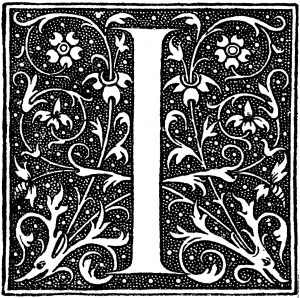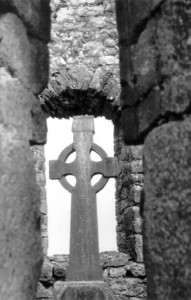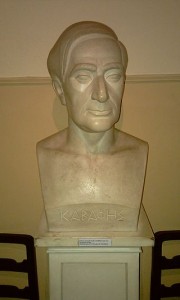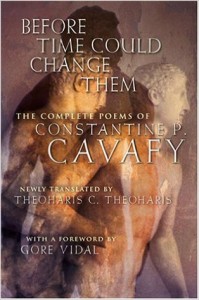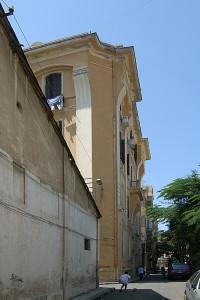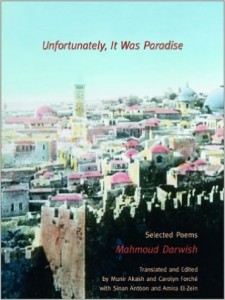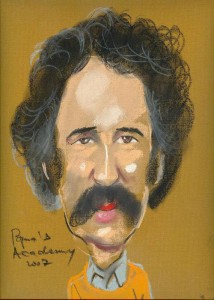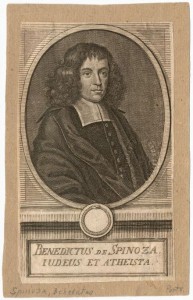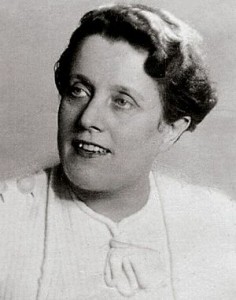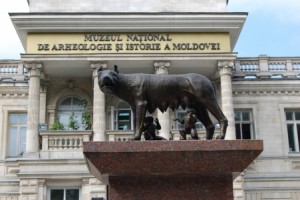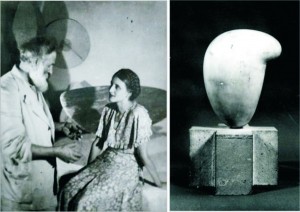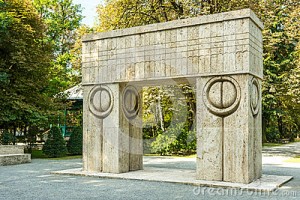Constantin ROMAN – Love at the time of the Swine Flu (Part I of 2)
Hysteria had gripped the city: it made on wonder what might have been like living in London, centuries ago, at the time of the Black Death?
As always, the blame was left on the doorstep of hapless immigrants, foreign sailors, or refugees fleeing the horrors of persecution on the Continent: Flemish Huguenots, Jewish Estonians coming from Russia, Spaniards who brought the decease with them, decimating good Christians, like us, living in fear of God… Yes, the ‘Spanish Flu’ most certainly came from the Peninsula! What the Spaniards of Armada memory did not succeed, they certainly managed rather well with this pandemic. We were very lucky indeed to avoid it, during the Peninsular War, but what, with the rock of Gibraltar, still being British, the border acted more like a sieve, than a proper filter. We may have won the battle, but surely not the ongoing war: in 1918 one million of our people died of Spanish flu, caused by this mysterious virus, called H1N1. After such massive population cull, do you think, Britain might have become a better place? I doubt it: the flu unleashed the beginning of the end, the very decline of our great British Empire, as both WWI and the Spanish flu had a propensity of killing strapy young men. It caused our genetic pool to be frustrated of the best input: look at the result of these insipid pen pushers in our Civil Service, not to mention greedy parliamentarians, or incompetent financiers!
And then, some sixty years on, in 1977, we were visited, yet again, by another mortal affliction: the ‘Legionnaire’s disease’. This time we were told it came in two different strains – one of which was called ‘Pontiac fever’… Oh, how nice! Now I was expected to die of Pontiac rather than of Legionnaire – it is infinitely more chic! Remember, a few centuries back, bereaved relations, whose dearly departed died of some dreadful illness, which inflicted shame on the family? To avoid social opprobrium, honest folk would
bribe the coroner to mark on the death certificate a more respectable cause of death, such as heart failure. Surely, in the end we all died of heart failure, nothing wrong with it, so long as it was less specific. But rumors spread like flames during the Great London Fire, of 1666. Neighbors were no fools and knew too well that it was something fishy when the dead man’s corpse looked ashen, with purple spots on.
Oh, damn those dark memories, those evil spirits torturing my brain. Much better to be, as my friends insisted, ‘positive’:
– Be positive, old boy!
Daughter even went as far as recommending a shrink, suggesting that I was ‘depressed’:
– Me, depressed? Never!
Besides, psychologists and sundry therapists, even those with an address in Harley Street, were very strange creatures and odd balls. Often, they took such profession as a result of their own intractable psychological problems, in the first place. Look at Freud, for example, say no more!
I once had a friend whose daughter was completely screwed up, to put it mildly and she became a marriage counselor, inflicting permanent damage to good Christian couples, which were trying to patch up their sexual incompatibilities… How would this daughter manage such little project? Well, quite simply: she was educated in a catholic convent and was very persuasive. No other qualifications were needed to become a therapist, except good looks, combined with a gift of the gab, smooth language and the right accent, nothing more that that: no higher education, or specialist training, nothing at all! As the profession was not scrutinized by the Medical Council my friend’s daughter’s brainwave hit the jackpot. She may have been screwed up mentally, but she was certainly presentable, knew how to look sane and knowledgeable. Well, in the process, she succeeded emasculating all her male patients AND sterilize mentally their wives, all in one! Luckily, she plied her art in a Catholic country, like Ireland, bereft of the usual forms of contraception. Her Dublin practice helped bring the population explosion under control. The effect did not go amiss with a grateful government: universities and learned societies heaped on her honorary degrees, Television channels all over the world queued to ask her appear on talk shows, or even on ‘Britain has Talent’, ‘Have I got News for You’ and more … Her books became best sellers and were made compulsory reading in schools. She got in the ‘Guinness Book of Records’. She became a millionairess and was proposed for a Nobel Prize. But, luckily, by some divine intervention, this final accolade eluded her.
The Catholic Church had a mysterious way in this murky affair: my friend became a convert and a devout Roman Catholic, once she realized that her life was afflicted by an incurable disease. She even confided to me:
– You know, my dear boy, Catholicism is a very good religion to die in, it is the best.
She left her millions to the Vatican, to consecrate her in a gigantic statue in the guise of the Virgin Mary, no less, opposite the gigantic Christ the Redeemer of Rio de Janeiro, only, this time, perched on an African mountain peak. In her lifetime she was no saint, to put it mildly, but she was beautiful and many a hopeful bachelor passed between her bed sheets, hoping for a share of the spoils. When they did not succeed to woe her, she offered them an honourable exit, which they could hardly refuse: she made suicide respectable. When she became a reformed rake, only weeks before she died, she was persuaded that she was a reincarnation of Mother Theresa, as she retired to a Convent of Dominican nuns. Her less charitable friends and relations, being frustrated of the spoils of any material windfall, spread the rumor that
– she now tried to seduce God….
So much for that, but, surely, my case was rather different, in trying to resort to the services of a shrink. Besides, I was not destined, by some divine providence, to become the focus of attention of my friend’s late daughter: my modest ability of putting away, quite erratically and parsimoniously, a few hormones, did not change the world’s statistics and were most unlikely to affect adversely the population growth of Britain, or any other country.
Back to my own good self, for me, suddenly all changed the day I went to see my GP for some innocuous bother. As I was reputed to be, in our village, ‘the man who lived at the big house’, the doctor had not seen me for ages (as a recluse I am loath of seeing anybody): one thing lead to another, as I heard the quack recommend:
– My dear Sir, make love more often!
I was gobsmacked. He noticed my raised eyebrows and he immediately qualified his advice:
– It helps lose some weight, you know? Lose two stones and you’ll feel more positive. You will feel even on top of the world, I assure you!
I was rather skeptical of such advice, and not a little diffident! I had visions of the late Archbishop of Paris, who, in the 1970s, died in flagrante delito, as he was called upon to administer the last rites, at the home of a professional Madam and he died on the job, as it were, to put it mildly…
A strange hang over, came haunting me, from my romantic school days, when I was still a virgin and considered the virtue of eternal love being superior to physical love: it had its mystique, almost like the love for the Virgin Mary!
That night I did not sleep well and even the late-night cup did not help allay my discomfort. Eventually, I appeared, somehow, to have fallen asleep, I do not know for how long, as the sunshine lit my bedroom and the church bells across the village green reminded me that it was Sunday.
– Ah, what a lovely day! Surely, I could enjoy listening to Baroque music played after mass by the Vicar’s wife:
She was a real gem, trained at the Royal School of Organists, a talented musician, now marooned in the wilds of the shires, withering her life away, with a well-meaning, but dull husband.
– Poor shrinking violet, I thought: she was in dire need of tantric prophylaxis!
(End of Part 1 of 2)













